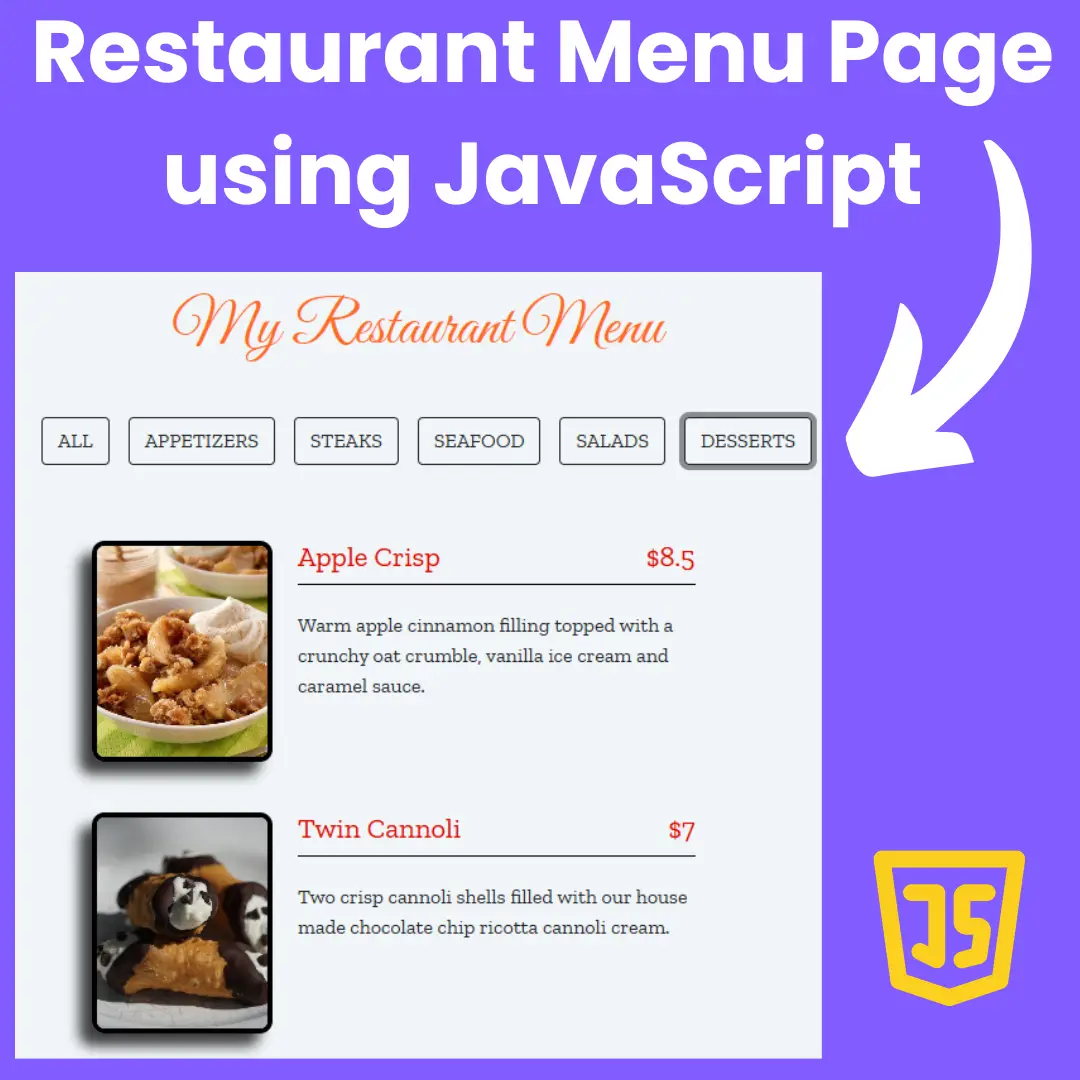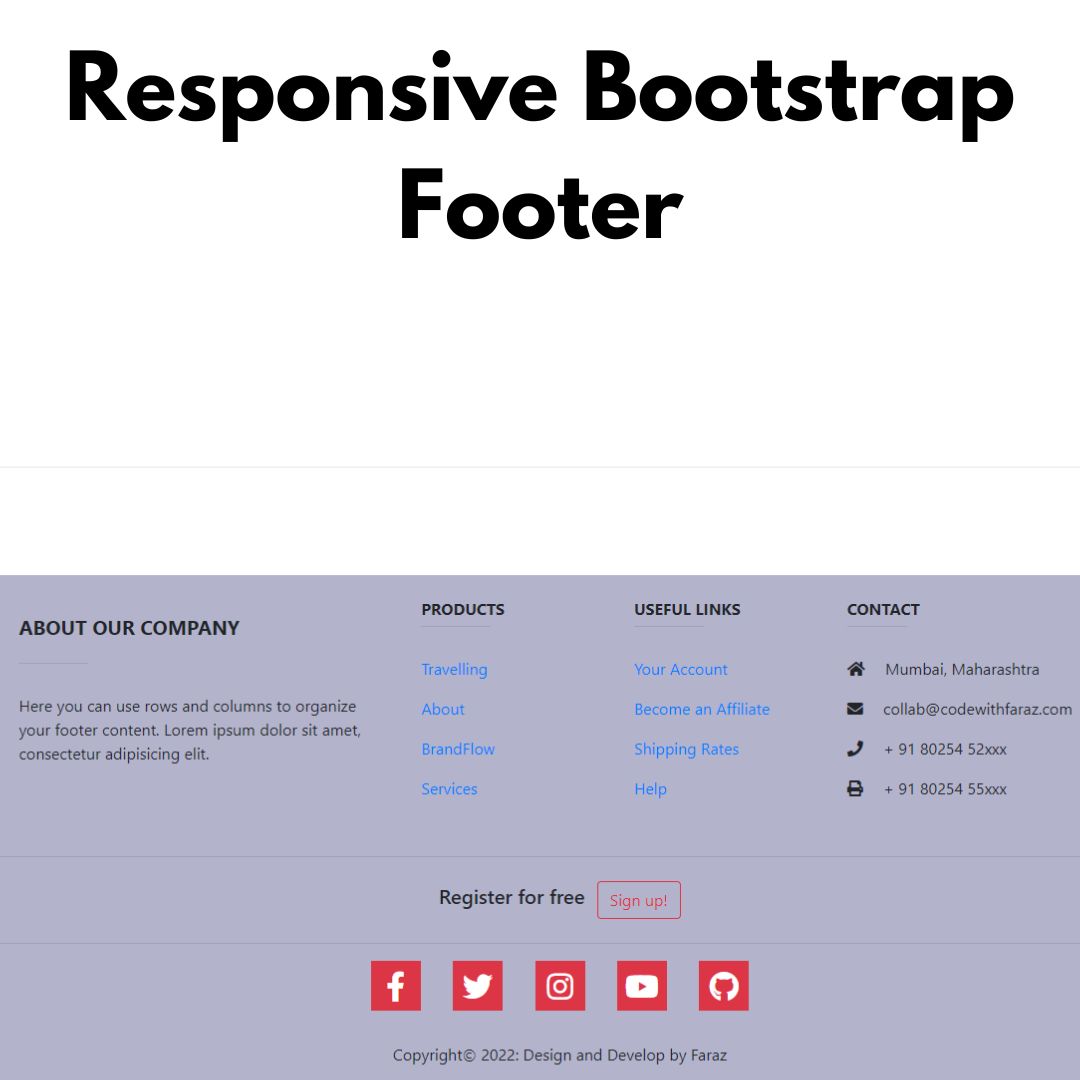Discover efficient Python solutions for XML parsing in SQL Server. Streamline your workflow today!

Table of Contents
- XML Handling in SQL Server - Limitations and Challenges
- Python Integration in SQL Server (Bridging the Gap)
- Basic XML Parsing with Python in SQL Server
- Advanced Parsing Strategies with Python Libraries
- The Power of a Pythonic Approach to XML Parsing
Developers and data professionals often encounter difficulty handling various data formats. Though Microsoft SQL Server provides native support for storing and querying XML data, its built-in facilities may not be able to handle complex XML structures or more sophisticated parsing requirements.
That's why Python is important: it is an adaptable programming language acknowledged for its ease and wide array of libraries available on the web. By linking Python scripts to SQL Server, you can start using strong XML parsing tools that will take your data processing abilities to another level and improve your workflow.
XML Handling in SQL Server - Limitations and Challenges
If your XML data becomes more complex, with deeply nested structures, namespaces, and intricate relationships, the built-in functionality may not suffice to provide efficient and scalable solutions.
Also, in a situation where schema validations, custom transformations, or complex data extractions need to be done for XML handling in SQL Server, Python's power comes out through its strong XML parsing libraries, which provide a more flexible and expressive way of manipulating XML data.
Python Integration in SQL Server (Bridging the Gap)
Microsoft has incorporated Python into data analysis, and its inclusion in SQL Server is no exception. This can be done through the SQL Server Machine Learning services (Python Services) or through external script execution capabilities, which enable Python scripts to be executed directly within SQL Server instances and Azure SQL Databases.
This integration opens up a world of possibilities, allowing you to combine SQL Server's robust data management capabilities with Python's versatility and expressiveness. Whether you need to parse complex XML structures, perform advanced transformations, or integrate with external APIs or data sources, Python provides a powerful toolset to extend SQL Server's functionality.
Basic XML Parsing with Python in SQL Server
Even for basic XML parsing tasks, Python offers a more intuitive and developer-friendly approach than SQL Server's native XML methods. The built-in xml module in Python provides a straightforward way to parse XML strings or files, allowing you to easily navigate and extract data from XML structures.
Here's a simple example of parsing an XML string within a SQL Server Python script:
$ Python
import xml.etree.ElementTree as ET
xml_string = "<book><title>Python Parsing Unleashed</title><author>J. Doe</author></book>"
root = ET.fromstring(xml_string)
title = root.find("title").text
author = root.find("author").text
print(f"Title: {title}, Author: {author}")
In this code snippet, we use the "xml.etree.ElementTree" module to parse the XML string, navigate the structure using the "find()" method, and extract the desired elements' text values. This approach's simplicity and readability make it a compelling alternative to SQL Server's XML methods, especially for developers already familiar with Python.
Advanced Parsing Strategies with Python Libraries
While the built-in "xml" module covers basic parsing needs, Python's extensive library ecosystem offers more powerful and specialized tools for advanced XML handling. One such library is "lxml", which provides high-performance XML and HTML parsing capabilities, including support for XPath queries, namespace handling, and efficient memory management.
For instance, you must extract specific data from a complex XML document using XPath queries. With `lxml,` you can achieve this with ease:
$ Python
from lxml import etree
xml_doc = etree.parse("data.xml")
namespaces = {"ns": "http://example.com/namespace"}
query = "/ns:root/ns:data/ns:records/ns:record[ns:price > 100]"
records = xml_doc.xpath(query, namespaces=namespaces)
For the record in records:
name = record.find("ns:name", namespaces).text
price = float(record.find("ns:price", namespaces).text)
print(f"Name: {name}, Price: {price}")
In this example, we use "lxml" to parse an XML file, define namespaces, construct an XPath query to filter records based on a price condition, and efficiently extract the desired data. The "lxml" library provides a powerful and intuitive way to handle complex XML structures, making it an invaluable tool for advanced XML parsing tasks within SQL Server.
You can also check this detailed guide from Sonra on XML Parsing in SQL Server with better examples and ways to achieve the task more efficiently.
The Power of a Pythonic Approach to XML Parsing
However, it does not mean that using Python scripts in XML parsing tasks in SQL Server allows for more extensive data processing; it also makes the workflow much more expressive and developer-friendly. You can deal with complex XML structures, carry out custom transformations, and incorporate external data sources into your tasks using Python's vast library ecosystem and the ability to take advantage of advanced parsing techniques.
When working with structured XML documents, semi-structured data formats, or XML-based APIs, Pythonic solutions for XML parsing offer powerful options for handling such files. This increases the efficiency, scalability, and flexibility of SQL server's data processing pipelines, which anticipate further growth and evolution in modern technology.
So why confine yourself to SQL Server's native method for managing XML while you can utilize Python within its broad ecosystem? Discover Pythonic XML parsing solutions and optimize your SQL server instances through this versatile language.
That’s a wrap!
Thank you for taking the time to read this article! I hope you found it informative and enjoyable. If you did, please consider sharing it with your friends and followers. Your support helps me continue creating content like this.
Stay updated with our latest content by signing up for our email newsletter! Be the first to know about new articles and exciting updates directly in your inbox. Don't miss out—subscribe today!
If you'd like to support my work directly, you can buy me a coffee . Your generosity is greatly appreciated and helps me keep bringing you high-quality articles.
Thanks!
Faraz 😊


























